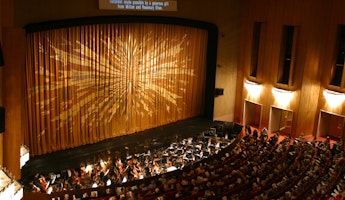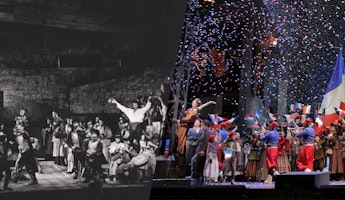Blog
November 7, 2023
"El Último Sueño de Frida y Diego" Composer's Note
Mexican-born painters Frida Kahlo and Diego Rivera within a fantastical landscape inspired by el Día de los Muertos (Day of the Dead) is the premise of this new opera that I've been privileged to compose. In some ways, I've been living with these two iconic artists, especially Frida, from my youth growing up in the 1970s in Berkeley, California. Before I could read, I found Frida in the pages of an art book in my mother's home library, the only woman in a multi-volume set of "great artists." My mother pointed out how Frida was small, brown and creative like us; moreover, of thick brow, disabled and a daughter of both Europe and Latin America like me. Images of her paintings danced in my dreams for years, both the joyful and the haunting, and as I matured and understood more of Frida's very human biography, she took on a heroic status for me.
It has also been remarkable for me to watch how Frida's popularity soared in recent decades, her story and artistic legacy clearly touching a cultural nerve. With this libretto by my longtime collaborator, Nilo Cruz, I've been able to lose myself in the imagined story exploring Frida's tumultuous love affair, even beyond life itself with Diego. In honoring the wonderful narrative, including the surprising appearance of other principal characters such as Catrina, the Keeper of the Souls with immense power over the souls of the underworld, and Leonardo, a young actor in the underworld, my task has been to create colorful and characterful music befitting multiple planes of existence—the world of the living, the world of the dead and, briefly, an especially poignant world of Art.
Through these three planes, we witness how Diego, at the end of his life, and Frida, deceased for several years, gradually move towards reunion, reconciling through a recognition of their shared past and a hoped-for shared future. Throughout their journey, the chorus provides a rich array of underworld spirits and living villagers as participants and commentators; the orchestration ranges from chamber to full ensemble.








/03-cosi/_dsc0996_pr.jpg?format=auto&fit=crop&w=345&h=200&auto=format)















